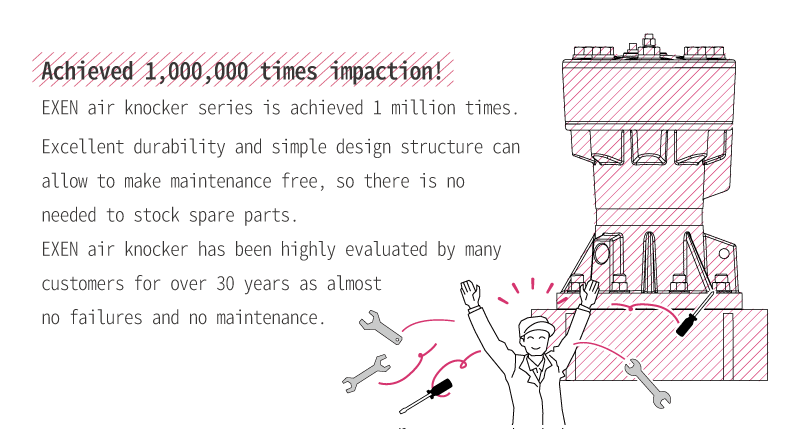

Erosion will occur when the shear stress exceeds the material strength of the soil. However, existing research only considers the dynamic response of solid-liquid debris flow mixtures on the debris flow, while the effects of erosion and sedimentation on the retaining structures are rarely studied.When debris flows consisting of a mixture of particles and fluid runs through the erodible layer in the debris flow channel, complex dynamics of the particle-fluid will affect the material source system. During a debris flow, the erosion of the material source in the channel will cause a rapid increase in the volume of the debris flow, generating greater energy and having a larger impact.

This erosion is due to the high-speed motion and collision between particles and between particles and fluids, which produce shear failure within the soil in the channel. Erosion, which is produced by fluidization, is one of the factors that can influence debris flows. The scale of the eventual debris flow is several times larger than the start-up scale, and the larger scale of debris flows can cause devastating damage to structures. Erosion and deposition of the debris flow mixture composed of particles and fluids will produce great kinetic energy that will impact the flow path. Debris flow disasters occur all over the world. The erosion and sedimentation during the movement of the debris flow are key factors that influence the dynamic response of retaining structures and should be considered in the dynamic model of debris flows. This can significantly influence the kinetic energy and impact of the debris flow, impacting the structures on its flow path. High-speed moving solid-liquid debris flow mixtures with a large mass cause significant erosion and sedimentation on its flow path. Coupled numerical analysis can assess the potential effect of erosion and sedimentation, making a significant contribution to the assessment of the impact of debris flow and the design of retaining structures.Debris flows contain heavy sediment fluid and solid particles and are one of the most destructive and unpredictable geological disasters, threatening people’s lives and property.

The study also found that the dynamic response considering the debris flow impact and the retaining structures of erosion and sedimentation is more pronounced than when not considering erosion and sedimentation.

The results of this study are similar to existing literature and data, with the numerical analysis being consistent with the physical simulation tests in the existing literature, verifying the applicability of the SPH-DEM-FEM coupling analysis for assessing the debris flow impact retaining structures of erosion and sedimentation. The impact process of the debris flow, the impact height behind the retaining dam, the deposition thickness, and the debris flow dynamic response significantly influence both with and without considering the effects of erosion. The coupled numerical analysis completely reproduces the debris flow erosion test, fitting the debris flow shape and thickness profile well. The strain-softening model was adopted to simulate the transformation of the debris flow body from the solid state to the transition state and finally into the liquid state. This paper adopted the coupled SPH-DEM-FEM to establish a complex dynamic model of the particle-fluid-erosion-structure of the debris flow and to assess the impact of erosion and sedimentation and analyse the dynamic response of the retaining structure of the debris flow. The erosion of debris flows on the material source will affect the movement and impact of the debris flow.


 0 kommentar(er)
0 kommentar(er)
